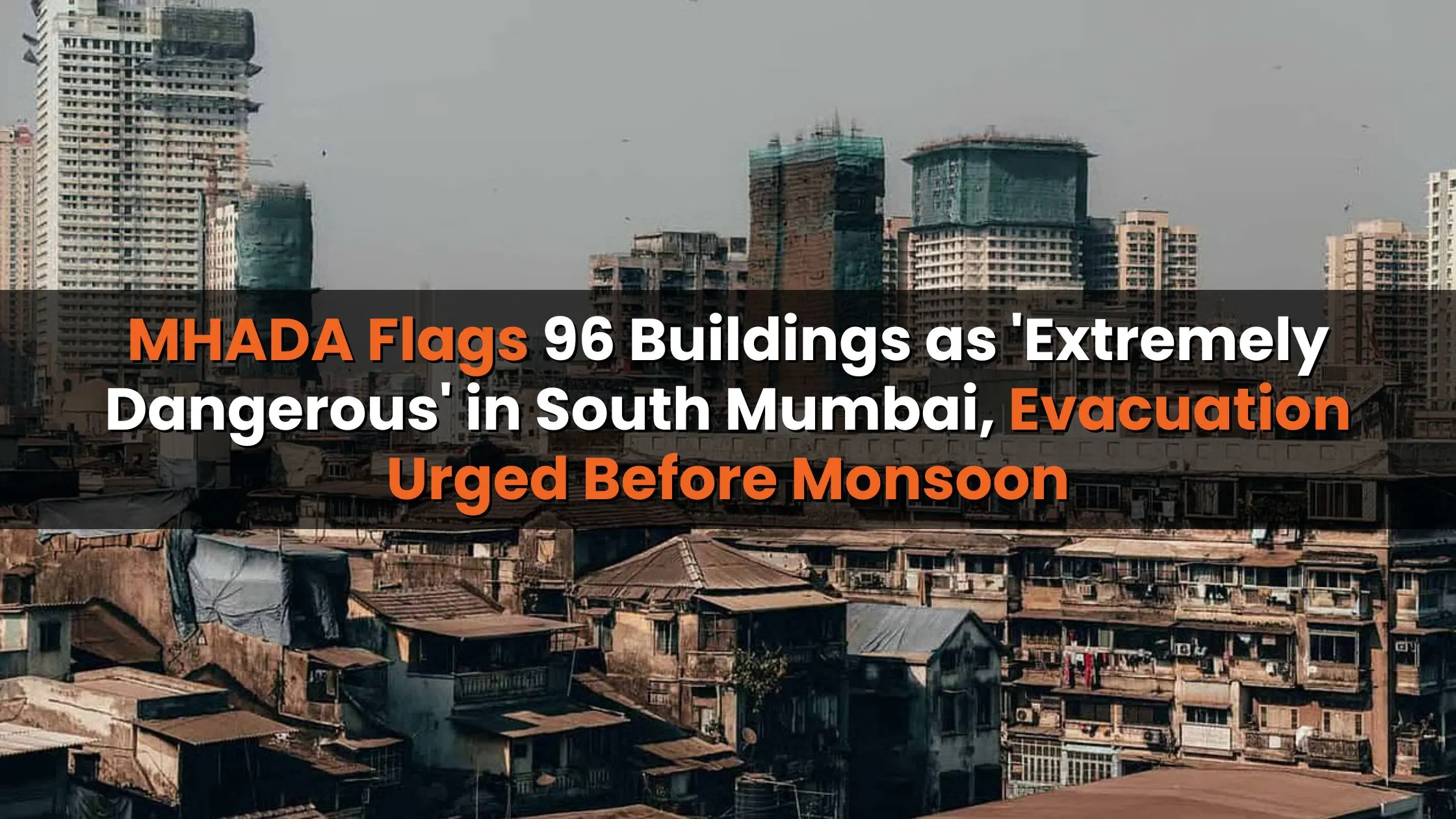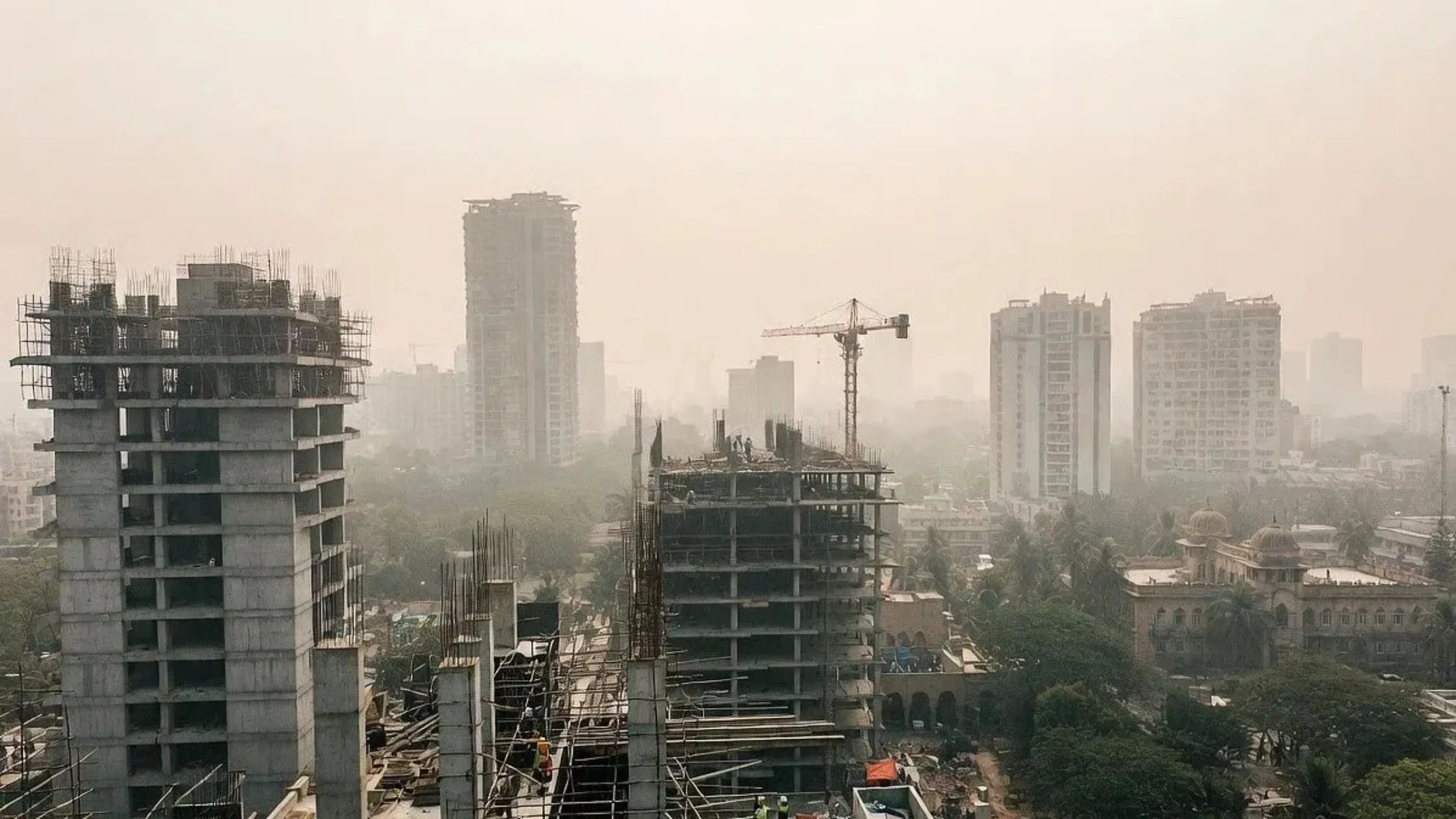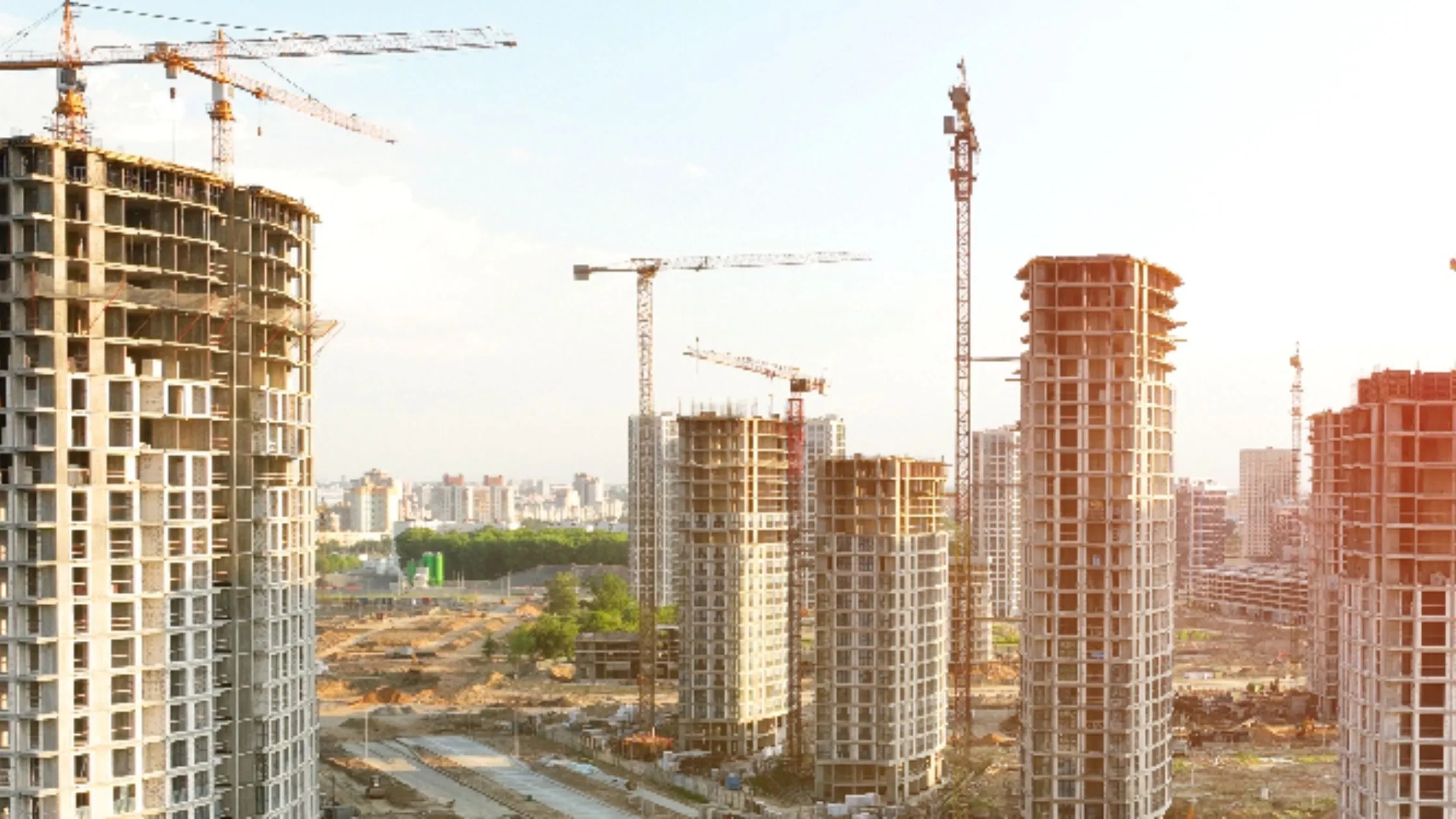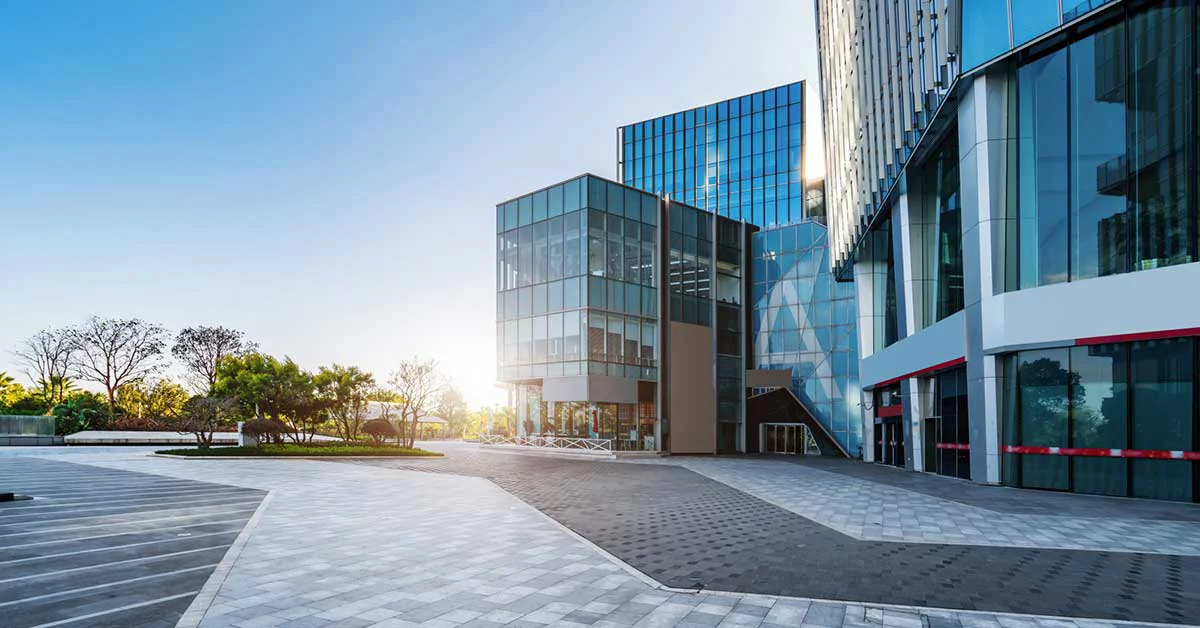Table of Content
As the monsoon season approaches, the Maharashtra Housing and Area Development Authority (MHADA) has taken a proactive step to ensure the safety of residents in South Mumbai. A recent pre-monsoon structural audit conducted by MHADA identified 96 residential buildings as "extremely dangerous," prompting the authority to issue evacuation notices. The situation underscores the pressing need for immediate action and highlights long-standing challenges in Mumbai’s urban infrastructure.
Identifying the High-Risk Structures
The 96 buildings identified mostly located in Girgaum, Kalbadevi, Mazgaon, Parel, and Dadar. There are 3,162 tenants in all of these buildings, and the tenants are all instructed to vacate before the monsoon rains.
This year showed a far greater number of unsafe buildings vs. 2024, when only 20 buildings were classified as high-risk. According to MHADA officials, two of the buildings that were identified this year were identified as unsafe buildings on last year's list, but the tenants have remained.
The Pre-Monsoon Structural Audit
In every year, MHADA does a pre-monsoon structural audit of old and dilapidated buildings that are under their jurisdiction to ascertain whether old buildings are safe to occupy or not. The structural audit is considered preventive maintenance that limits the risk of collapsing buildings during the monsoon.
If a building is declared unfit for occupancy then it is evacuated by issuing an evacuation notice to its residents, and transit tenements are provided for displaced persons in another area. However, it is very common for residents to refuse to relocate due to loyalty towards their neighborhood, availability of their community ties, or other social reasons.
Collaboration with BMC
In addition to MHADA’s efforts, the Brihanmumbai Municipal Corporation (BMC) has identified 134 dilapidated buildings across Mumbai. These buildings are separate from MHADA's list and have also been issued immediate evacuation notices. This coordinated action between MHADA and BMC demonstrates the authorities' shared commitment to addressing the risks posed by unsafe structures.
Also Read: Stalled Redevelopment Project: MHADA Resolves South Mumbai’s 15-Year Wait
The Redevelopment Challenge
Redevelopment remains a critical yet challenging aspect of addressing the issue of dilapidated buildings in Mumbai. Earlier this month, MHADA urged residents, housing societies, and landlords of 13,091 old and unsafe buildings to initiate redevelopment efforts. These structures, categorized as “cessed buildings,” are often plagued by delays in redevelopment due to bureaucratic hurdles, financial constraints, and resistance from residents.
Redevelopment not only ensures safer living conditions but also contributes to the revitalization of Mumbai’s urban landscape. However, without streamlined policies and active collaboration among stakeholders, progress remains slow.
The Implications of Inaction
The risks associated with ignoring evacuation notices are grave. Mumbai has witnessed several incidents of building collapses during the monsoon in recent years, resulting in loss of life and property. The structural weaknesses of old buildings are further exacerbated by heavy rainfall, making them highly vulnerable to collapse.
By emphasizing the urgency of evacuation, MHADA aims to prevent such tragedies. The provision of transit tenements is a crucial step toward safeguarding the lives of affected residents.
Looking Ahead: A Safer Urban Future
The announcement of 96 very dangerous buildings is a wake-up call for residents, housing societies, and authorities. Adhering to evacuation notices and accelerating redevelopment will go a long way to minimize risks in the short-term and long-term.
The community will play an important role in this effort. Residents have to prioritize safety and support actions for relocation. Authorities must put into action alternative housing and redevelopment plans in an efficient and effective manner.
Follow AquireAcers Whatsapp Channel to Stay Updated With The Latest Real Estate News




_1766473246.webp)


Ans 1. A total of 96 residential buildings in South Mumbai were flagged as "extremely dangerous" by MHADA.
Ans 2. The affected buildings are primarily located in Girgaum, Kalbadevi, Mazgaon, Parel, and Dadar.
Ans 3. MHADA has issued evacuation notices to residents of these 96 buildings, urging them to vacate before the monsoon season. Transit accommodations are being provided for displaced tenants.
Ans 4. In 2024, only 20 buildings were categorized as high-risk, making the 2025 figure significantly higher.
Ans 5. Many residents prefer to stay due to community ties, familiarity with the neighborhood, or mistrust in the alternative accommodations provided.
Ans 6. The Brihanmumbai Municipal Corporation (BMC) has separately identified 134 dilapidated buildings across Mumbai and issued evacuation notices. This demonstrates a coordinated effort with MHADA.
Ans 7. Cessed buildings are old and unsafe structures eligible for redevelopment under the Maharashtra Rent Control Act. MHADA has urged the redevelopment of 13,091 such buildings to ensure safety and urban revitalization.
Ans 8. Non-evacuation of unsafe buildings increases the risk of collapses, particularly during heavy monsoon rains. Such incidents have resulted in loss of life and property in the past.
Ans 9. Redevelopment replaces old, dilapidated structures with safer, modern buildings, improving living conditions and reducing the risk of structural failures.
Ans 10. Residents can prioritize safety by adhering to evacuation notices, collaborating with authorities, and advocating for swift redevelopment efforts.